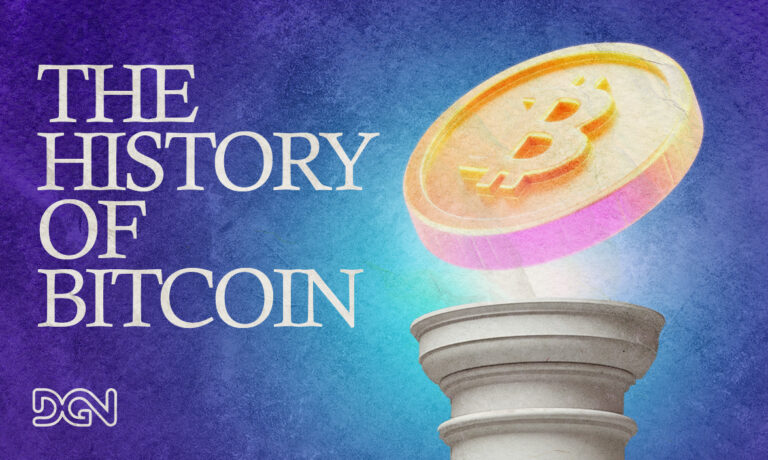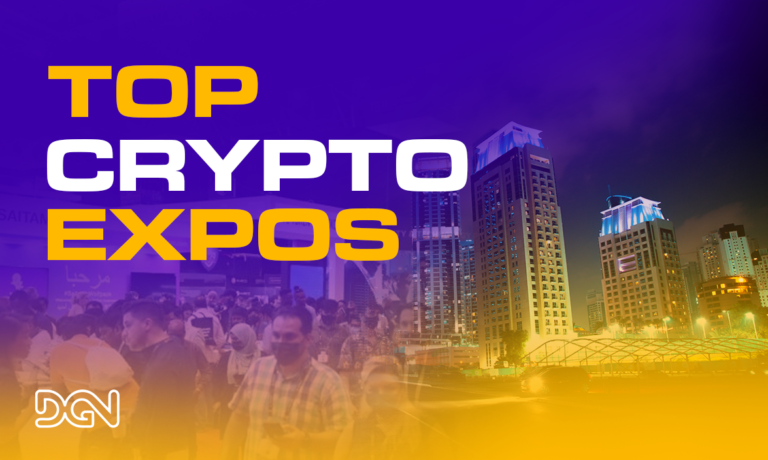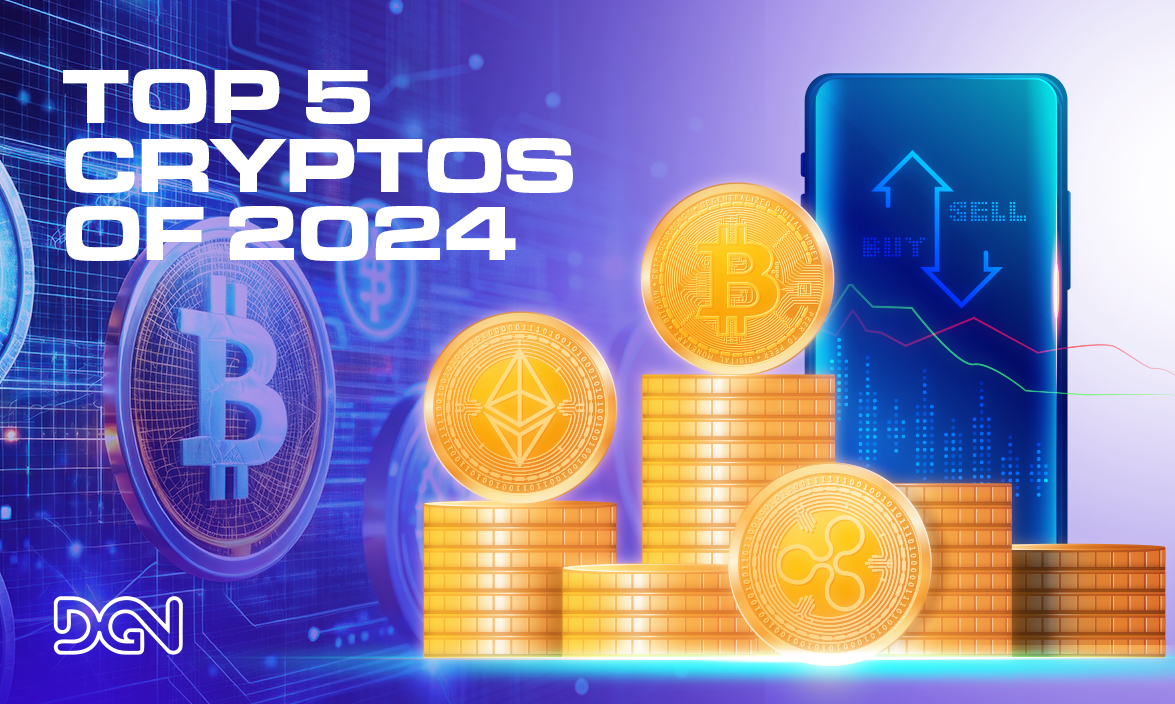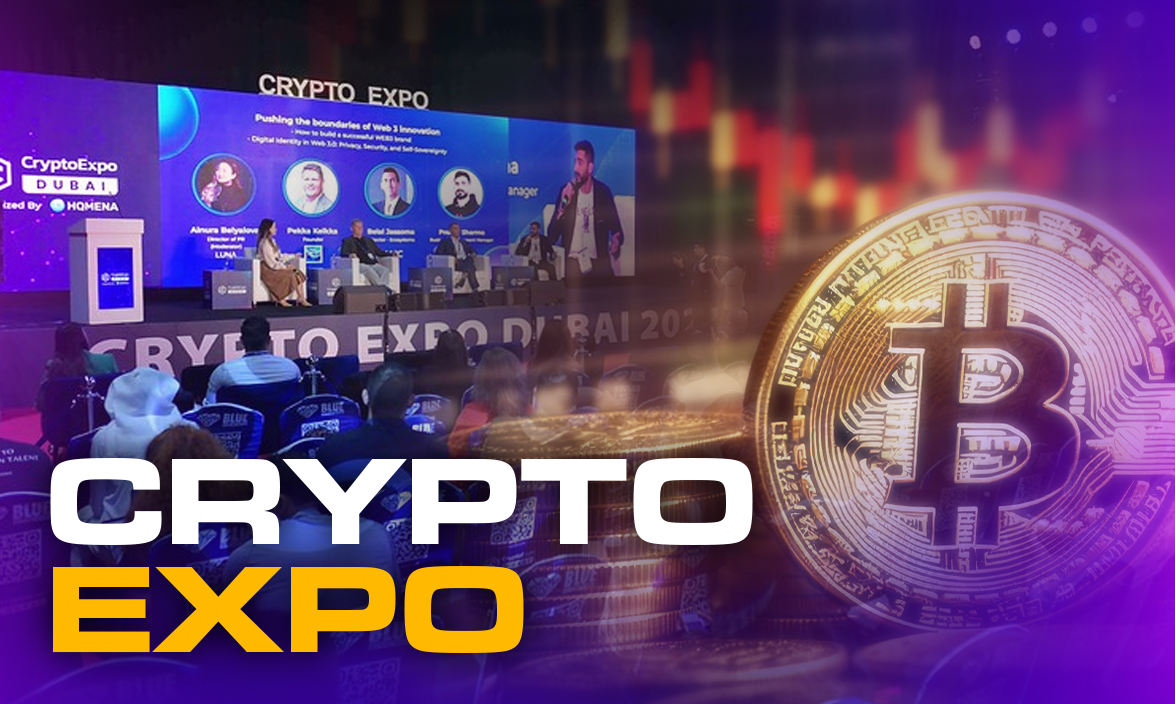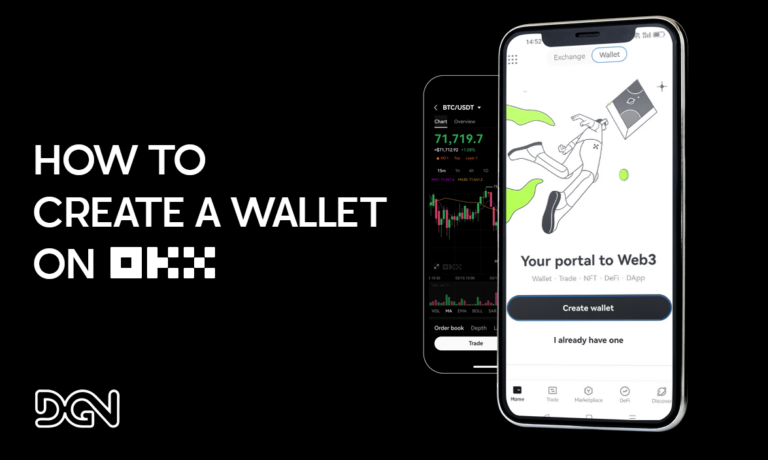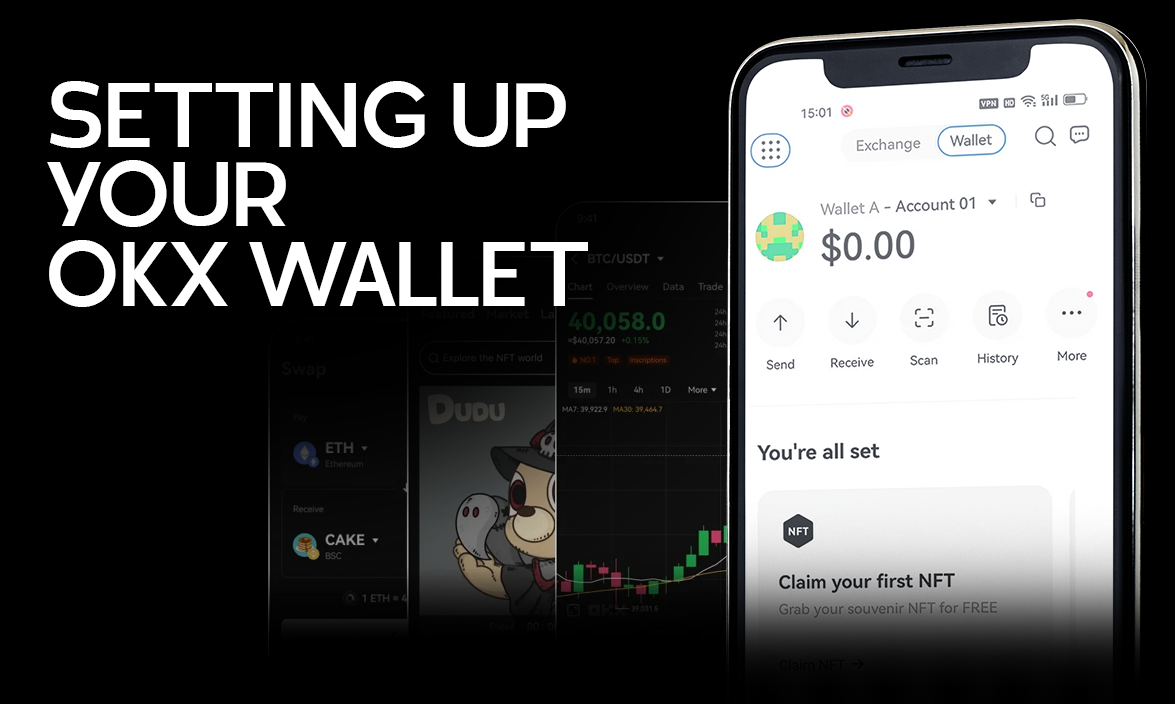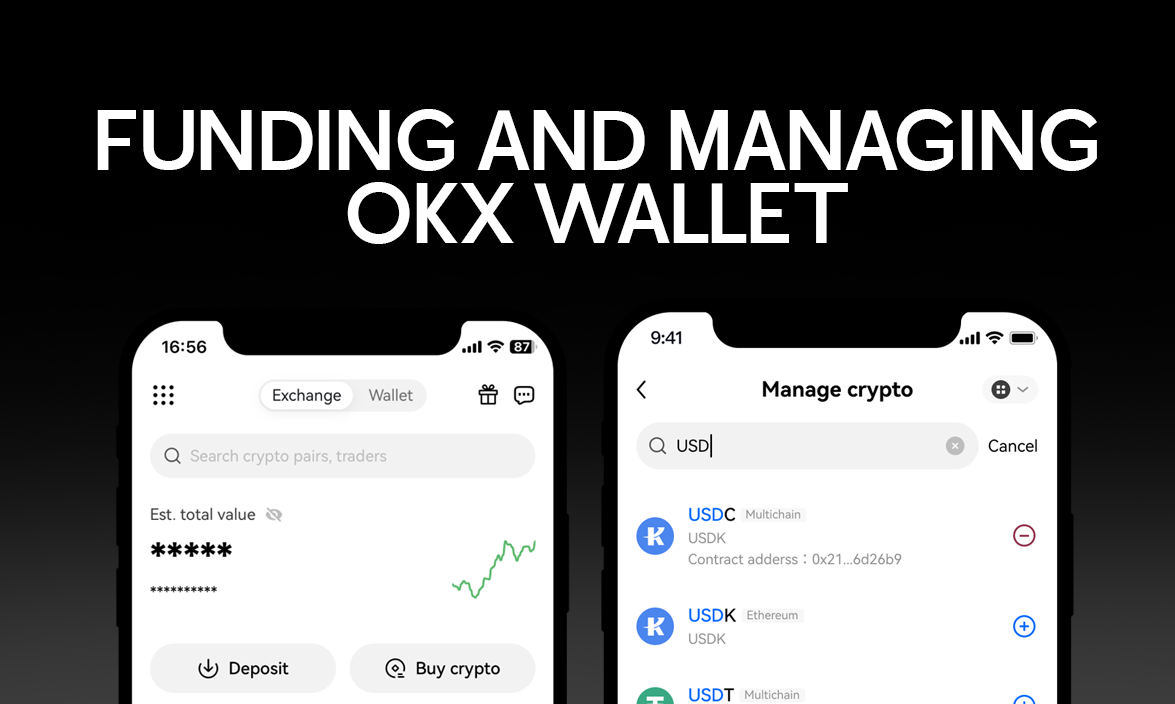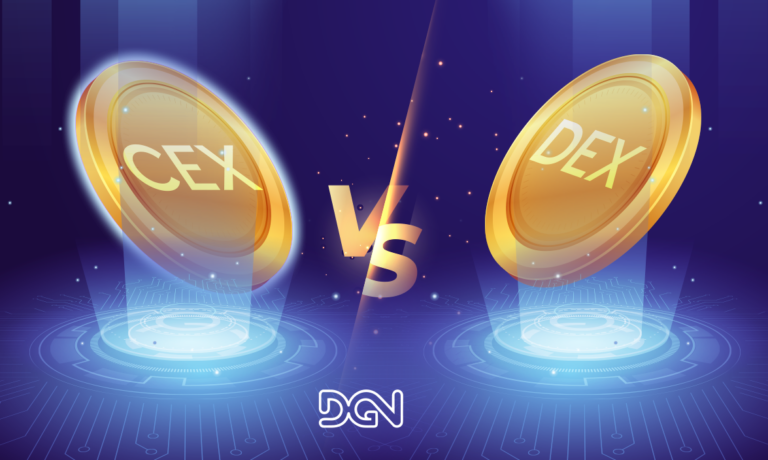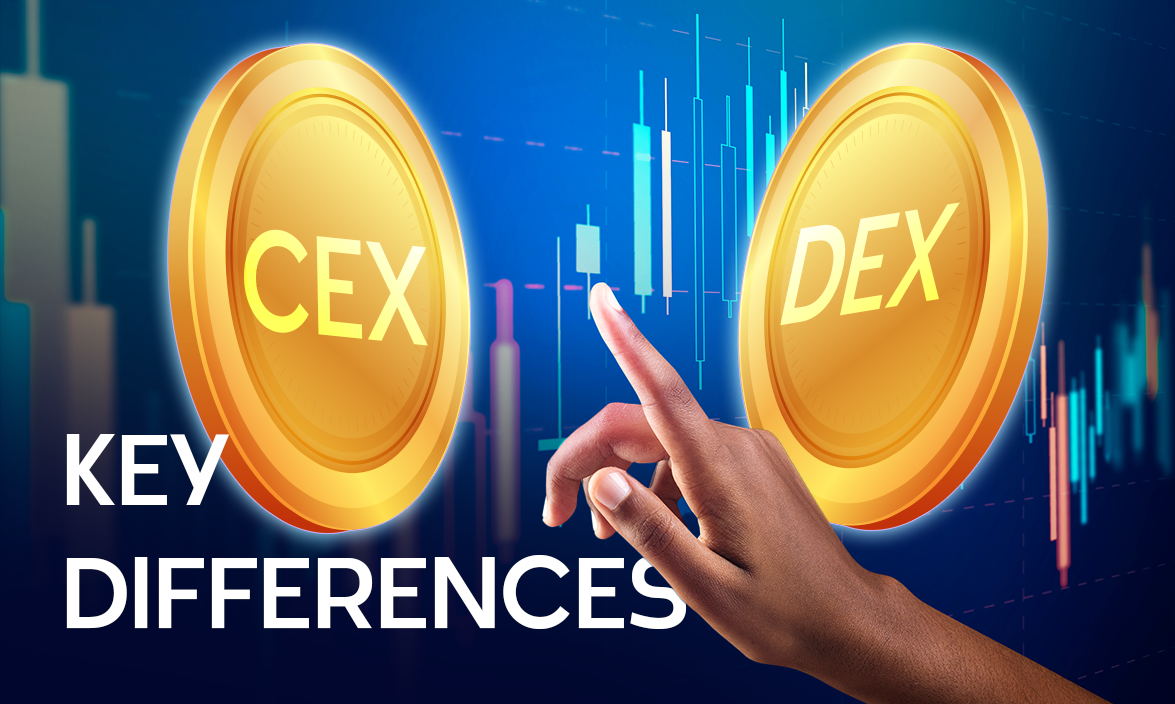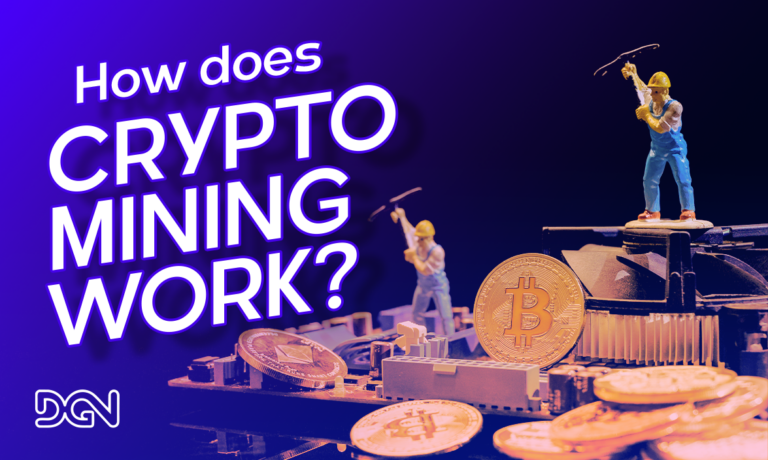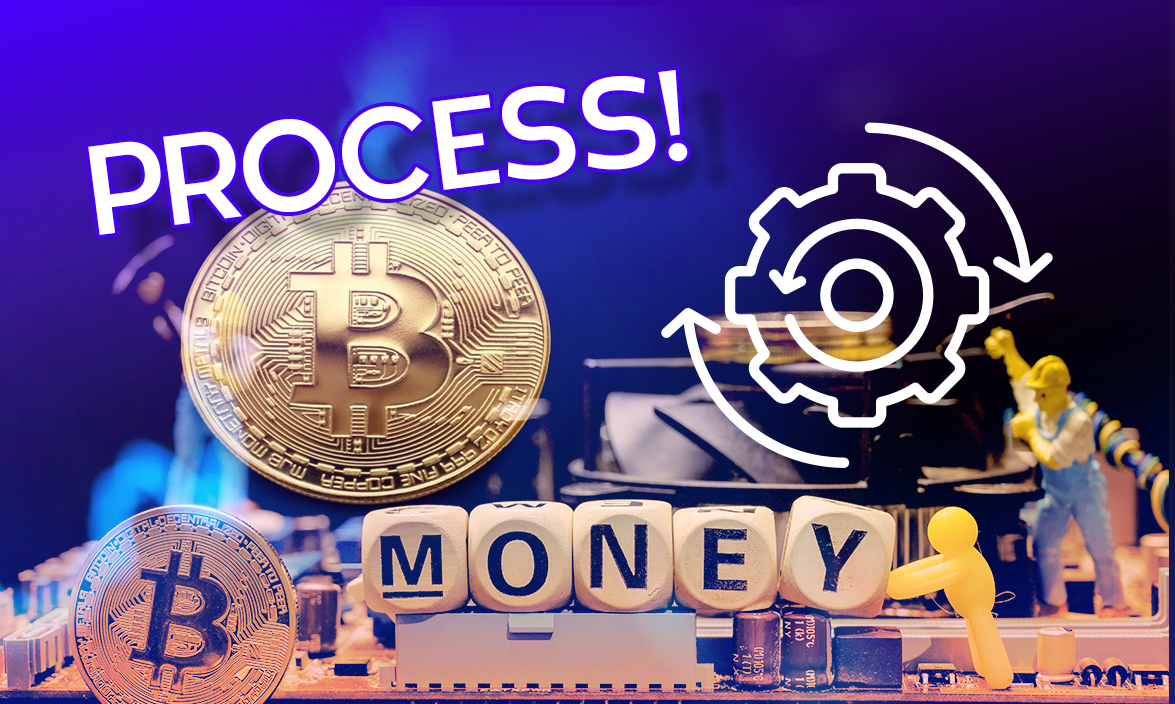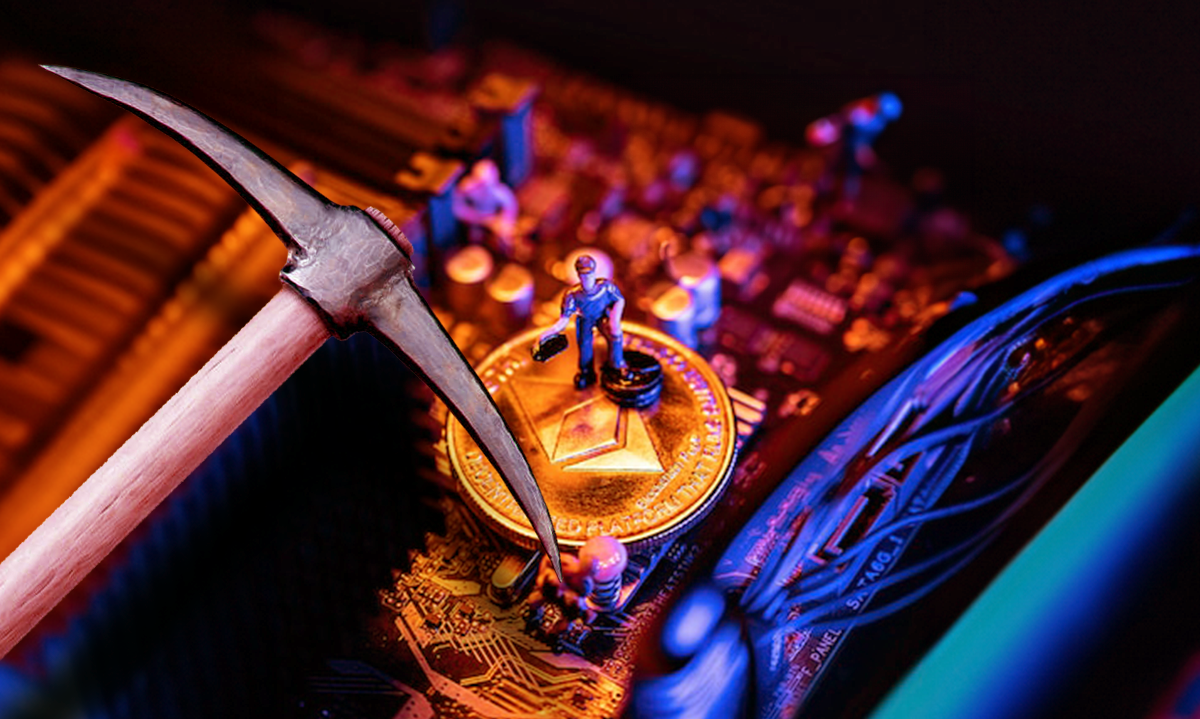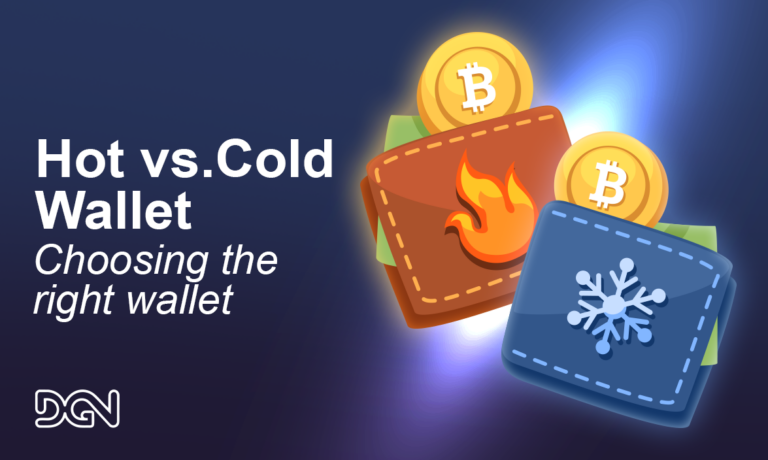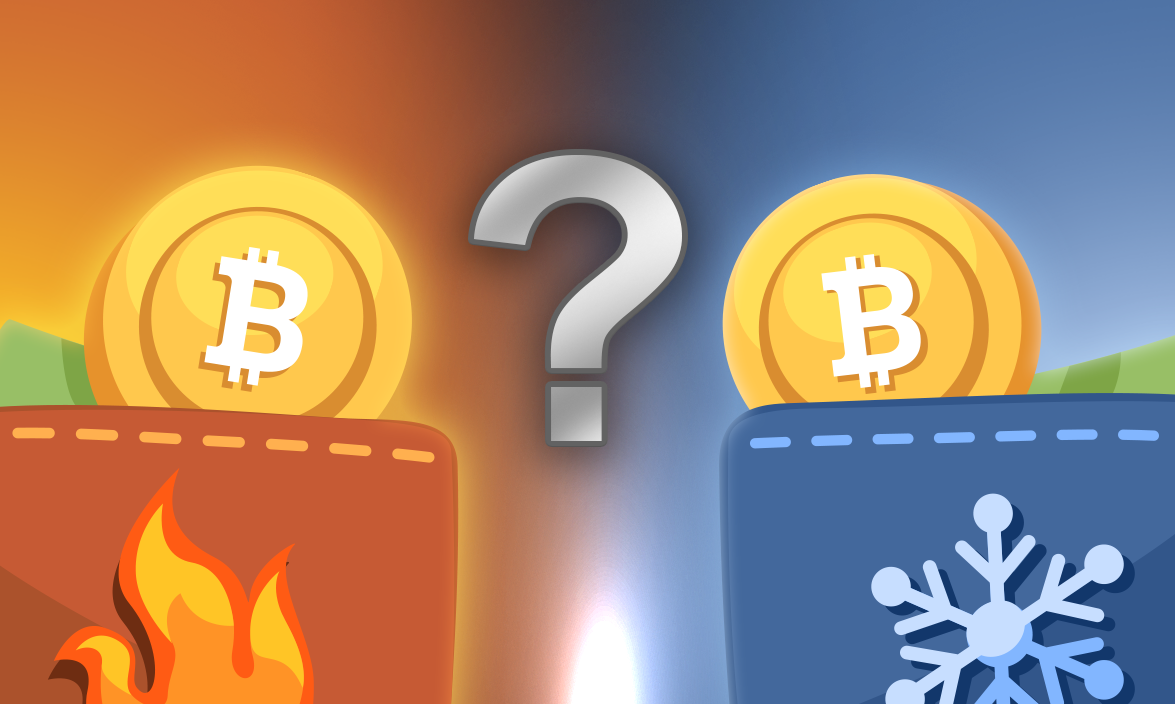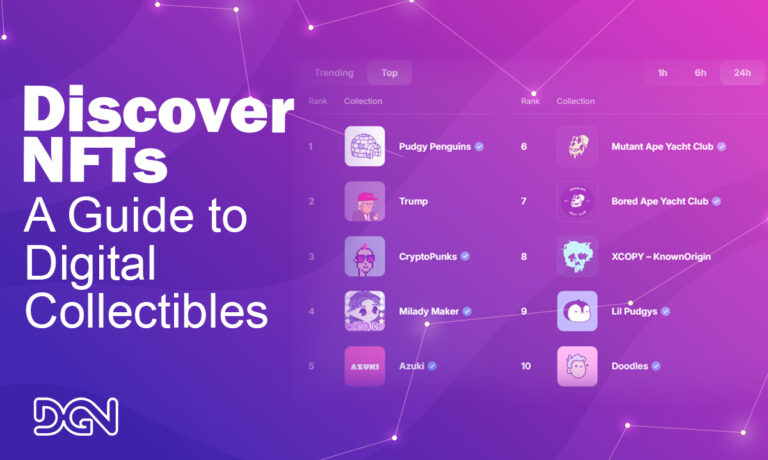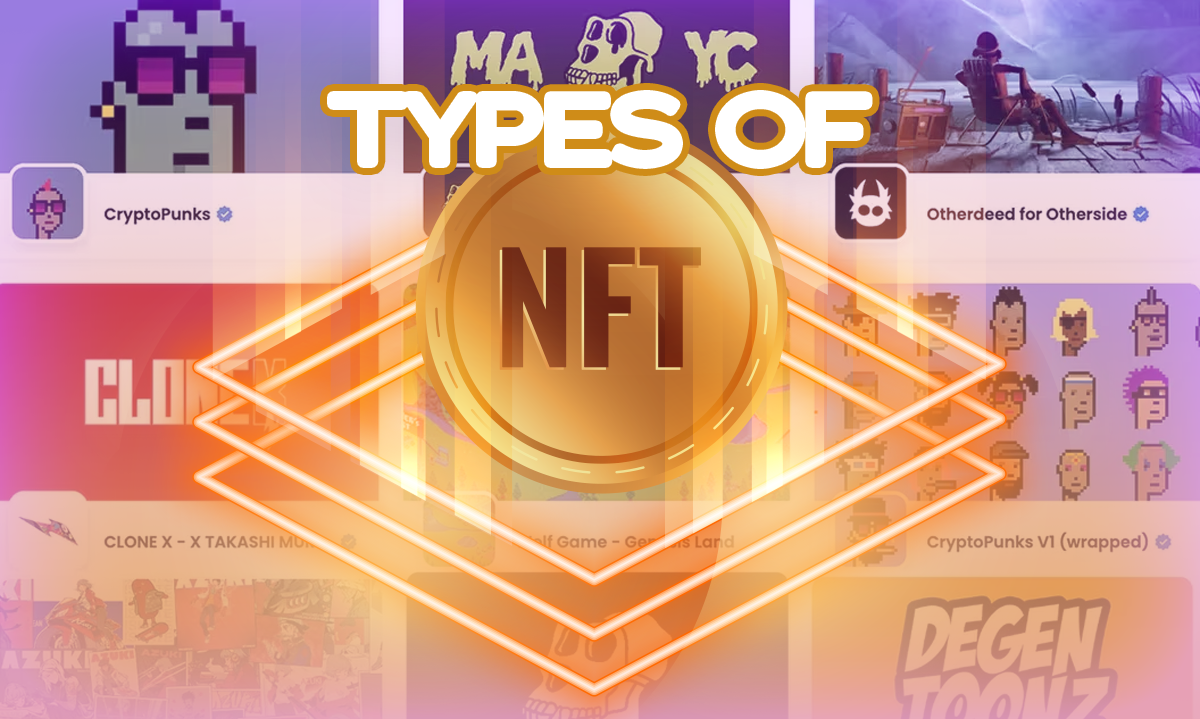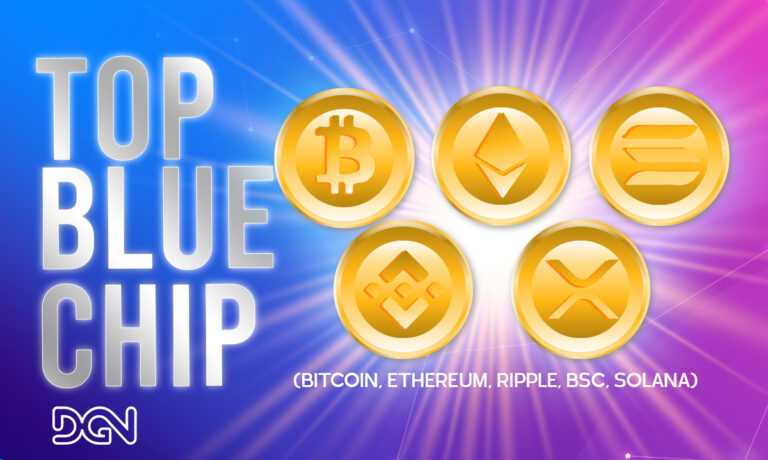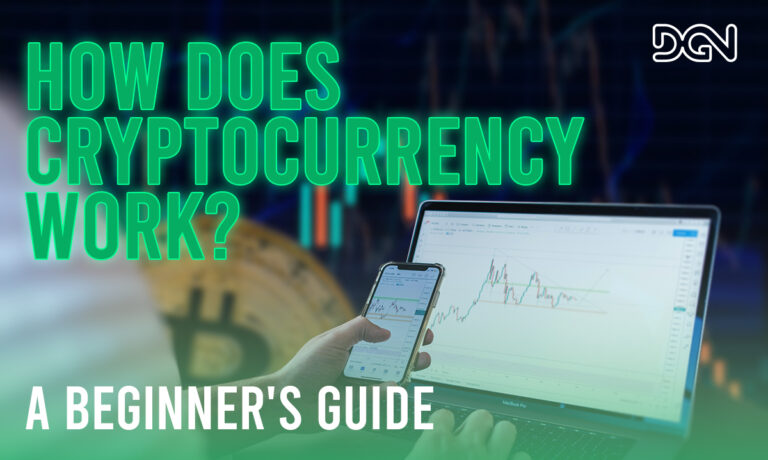When Bitcoin emerged in 2009, it sparked a financial revolution that shook the foundations of traditional banking systems. The journey of Bitcoin, from its inception to its role in today’s economy, is a story of innovation, controversy, and unparalleled growth. In 2024, Bitcoin stands tall as a widely accepted and recognized asset, with a market capitalization of over $1000 billion, solidifying its place as a key player in global finance. But how did this digital currency gain such momentum, and what makes it such a groundbreaking innovation? Let’s dive into Bitcoin’s fascinating history, from its anonymous creator to its impact on financial systems worldwide.
The Anonymous Beginning: Satoshi Nakamoto
Bitcoin’s story starts with the mysterious figure, Satoshi Nakamoto. In 2008, Nakamoto published a paper titled Bitcoin: A Peer-to-Peer Electronic Cash System, which outlined the core ideas behind the cryptocurrency. The paper presented a decentralized system that would allow individuals to send and receive payments directly without the need for a central authority like a bank.
Satoshi mined the first block of Bitcoin, known as the Genesis Block, on January 3, 2009. Embedded in this block was a message: “The Times 03/Jan/2009 Chancellor on brink of second bailout for banks,” reflecting the disillusionment with the financial system post-2008’s global financial crisis.
Satoshi Nakamoto’s identity remains a mystery. Despite extensive speculation, nobody knows whether Nakamoto is a single person or a group of developers. In 2011, Nakamoto disappeared from public view, leaving the project in the hands of other developers.
The First Bitcoin Transactions
Bitcoin was initially an experimental project with little to no value. However, this changed in 2010 when the first real-world transaction involving Bitcoin took place. On May 22, 2010, a Florida-based programmer, Laszlo Hanyecz, made history by purchasing two pizzas for 10,000 BTC. At the time, Bitcoin was worth just a fraction of a cent, but today, that transaction is valued at over $270 million, making it one of the most famous purchases in the crypto world.
This day, now known as Bitcoin Pizza Day, is celebrated annually by the crypto community, reflecting Bitcoin’s journey from obscurity to a widely accepted digital asset.
Bitcoin’s Early Struggles and Adoption
The initial years of Bitcoin were marked by skepticism. Many questioned its feasibility, security, and potential for widespread adoption. Critics labeled it a “bubble” or “scam,” doubting whether it would ever have practical use beyond a small community of enthusiasts.
However, Bitcoin found early supporters, particularly among libertarians, who saw its decentralized nature as a way to challenge government-controlled fiat currency. By 2011, Bitcoin had started gaining traction. Several online platforms began accepting it as payment, including WordPress, which became one of the first major companies to integrate Bitcoin.
By the end of 2012, Bitcoin’s price had reached $13, and the foundation for its future growth was set.
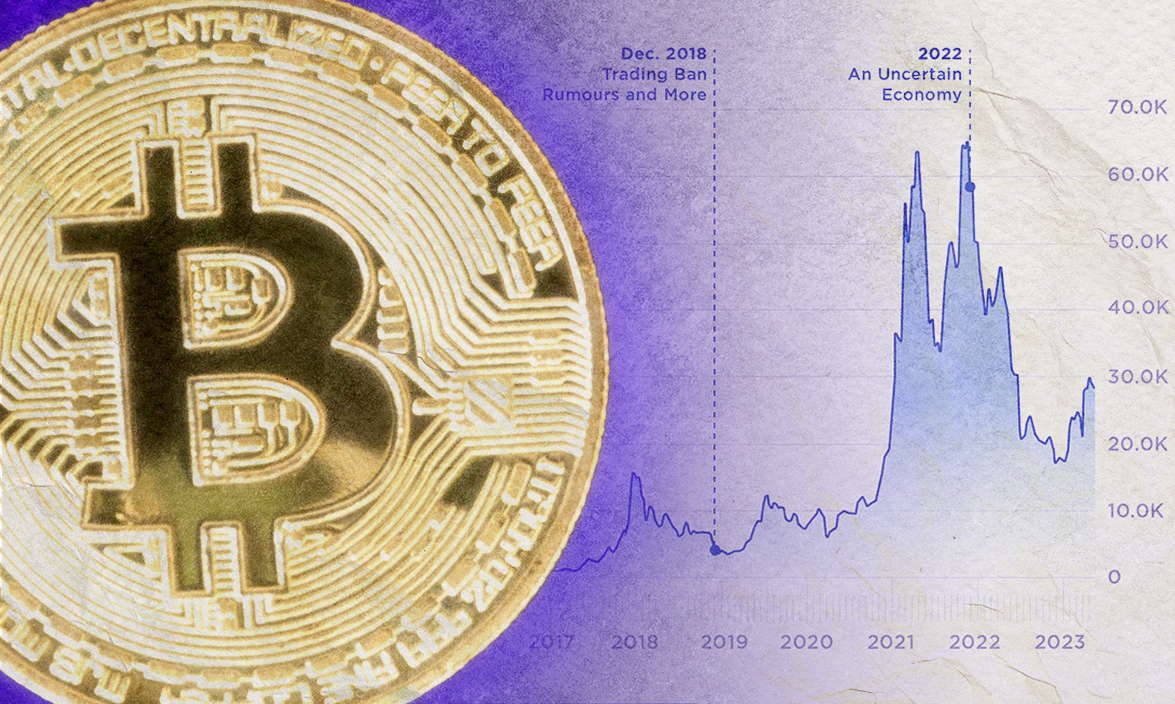
The 2013 Boom and Bust
2013 was a pivotal year for Bitcoin. The price skyrocketed from $13 in January to an all-time high of $1,150 by December. This surge was fueled by growing mainstream media attention and a significant increase in adoption.
However, this boom was short-lived. By early 2014, Bitcoin’s value had plummeted to around $200, driven by the Mt. Gox scandal. Mt. Gox, one of the largest Bitcoin exchanges at the time, was hacked, and 850,000 BTC (worth about $450 million at the time) were stolen, causing massive panic in the market.
Despite this setback, Bitcoin’s underlying technology and potential continued to attract attention. Developers worked to improve security, and more businesses began accepting Bitcoin as a legitimate payment method.
Bitcoin Goes Mainstream (2017-2020)
The next major turning point came in 2017. Bitcoin’s price surged again, hitting $20,000 in December, driven by increased institutional interest, media coverage, and the rise of Initial Coin Offerings (ICOs). This was also the year Bitcoin underwent its first major scaling debate, which led to the creation of Bitcoin Cash through a hard fork.
2017 marked Bitcoin’s mainstream breakthrough. By this time, major financial institutions were paying attention. Hedge funds, institutional investors, and even central banks began exploring the cryptocurrency space. The Chicago Mercantile Exchange (CME) launched the first Bitcoin futures contracts, further legitimizing Bitcoin in the eyes of Wall Street.
While 2018 saw a price correction—Bitcoin’s value dropped to around $3,000—its use cases expanded, with thousands of new businesses and platforms integrating Bitcoin payments.
Bitcoin as Digital Gold: 2020-2023
The COVID-19 pandemic in 2020 led to a global economic crisis, prompting governments worldwide to implement massive stimulus packages. With fears of inflation rising, Bitcoin began to emerge as “digital gold”—a hedge against inflation and economic instability. Its fixed supply of 21 million coins made it an attractive store of value.
By 2021, Bitcoin had hit a new all-time high of $64,000, driven by growing interest from institutional investors like Tesla and MicroStrategy, who added Bitcoin to their balance sheets. The Bitcoin ETF (Exchange-Traded Fund) launched in 2021, making it easier for traditional investors to gain exposure to the asset without directly buying it.
Bitcoin’s value remained volatile, but its role as a legitimate asset class became undeniable. By the end of 2023, over 40 million Bitcoin wallets were active, and countries like El Salvador had adopted Bitcoin as legal tender, marking its continued rise in global financial systems.
Bitcoin’s Future: 2024 and Beyond
In 2024, Bitcoin’s position as the leading cryptocurrency remains strong. With a market cap of $1000 billion, it accounts for over 40% of the total crypto market. As blockchain technology evolves, Bitcoin faces challenges, including scalability and environmental concerns, but its place in the digital economy is secure.
Countries are now working on developing clearer regulatory frameworks for Bitcoin, while Bitcoin mining has become more energy-efficient thanks to a shift toward renewable energy sources. With more institutional interest and government involvement, Bitcoin’s future looks promising, with analysts predicting its price could reach $500,000 by the end of the decade.
What Makes Bitcoin a Revolution?
Bitcoin has revolutionized the way we think about money. It has introduced the world to the idea of decentralized finance, where individuals control their wealth without needing intermediaries like banks. In countries with unstable currencies, Bitcoin has offered an alternative store of value, providing financial inclusion to millions.
While the journey has been filled with highs and lows, the history of Bitcoin is a testament to its resilience and the growing importance of blockchain technology in shaping the future of global finance.
